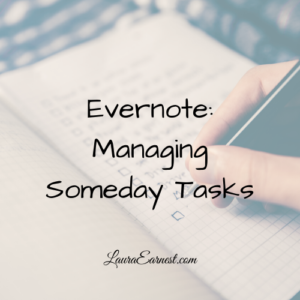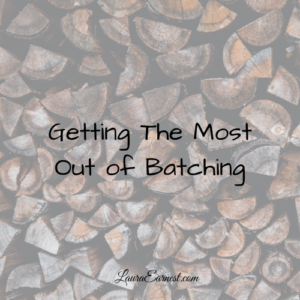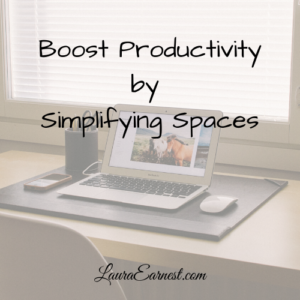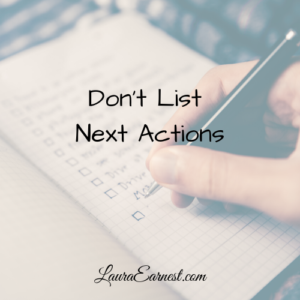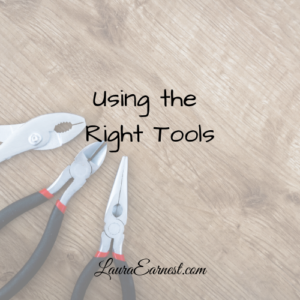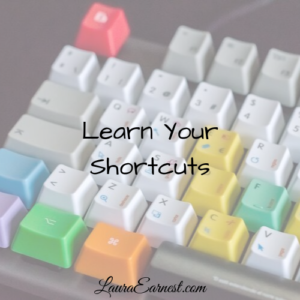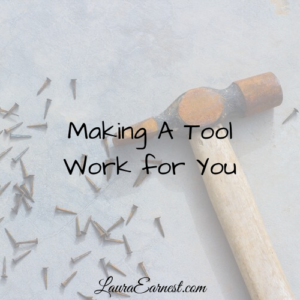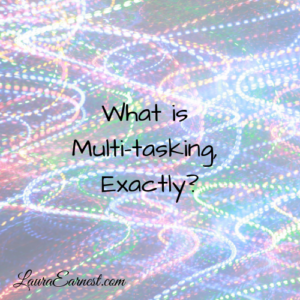Most of us now have time to tackle all those things we wanted to “when we have time.” So why aren’t we? We’ll look at the causes and the cures today.
Productivity
Evernote: Managing Someday Tasks
Most people have moments when they see something and think, “I’d like to do that someday.” If you’re not going to forget about it, that means you either have to do it right now or write it down somewhere so you won’t forget. David Allen, in Getting Things Done, recommended having a Someday/Maybe list, where all of these ideas reside.
The problem with any sort of list is that if you keep stuffing things into it, without removing items in turn, it becomes a giant slush pile of un-acted-upon ideas.
As an IT data professional, I can tell you that a system where you only put things in, without the ability or inclination to take it out again, is a failure. If you can’t or won’t get data out of a system, why put it in at all? It’s wasted effort/time/money.
So the ginormous list of things you might want to do, unless you regularly pull things out, is worthless.
Getting The Most Out of Batching
The two-minute rule says that if you can deal with it in under 2 minutes, do it right then. In some cases, I think this is a good rule. But in others, I think batching is a better way to go.
Batching is grouping like tasks together and getting them done. They don’t all have to be the same task – you can batch by location or equipment. For instance, you could update your calendar, pay for your pet licenses, and process your email in a batch, because you can do all these things on your computer.
20 Essential Productivity Tips For Daily Life
Productivity is not simply just about how you do your work. Peak productivity takes into account your physical state, distraction level, energy, and organization. Today we will look at 20 essential productivity tips for your daily life.
I used to be a person who would make a list and just plow through it, regardless of how I felt, what was going on, or any other consideration. I hated the phrase “work smarter, not harder” because it seemed a wimpy way out. But there is a lot to be gained from working smarter, and that means I have to take into account all of the areas of my life in order to hit peak productivity with minimal effort. Here are the 20 areas that go into my strategy for getting the most done with the least amount of effort.
Boost Productivity by Simplifying Spaces
Many years ago I saw the effect of simplifying spaces in my home. By taking away the immediate choices my daughter had for activities, she was able to settle quicker and play longer.
I’ve used this principle in other areas of my life, always with the same result: a boost in productivity and creativity. Today we look at this and how I stumbled on it.
Don’t List Next Actions
It is really easy to get bogged down in the minutiae. We can start thinking of all the steps that need to be done to get a specific result, and lose sight of the end game: the result itself.
I find that instead of writing down the next actions, it is better to write down what I am trying to accomplish.
Using the Right Tools
I’ve talked about how you can take a tool that is not quite right and make it work for you. This is good if you cannot use a tool optimally, or don’t really know how to use it fully. There are times, though, when you do know how to use a tool, but are forced to use a sub-optimal or substitute tool. And this can be a major hit to your productivity.
Learn Your Shortcuts
I was working with a colleague recently, helping him through a process that was unfamiliar with a tool he had not really used. What we were doing is less important than the conversation.
“Paste the item three times.” I’ll admit it, I was bored
He moved his mouse, clicked, went to the menu, clicked a couple of times in the menu to paste, then clicked in the new place.
“Did you know you could use control + V to paste things?” I didn’t want to sit there all afternoon.
“I don’t like to use my keyboard.”
I don’t think he saw me roll my eyes, but I now have a really good idea about why overall productivity level is so low. “Why wouldn’t you want to use the shortcut?” I really did want to know.
He shrugged. “It takes too much effort to learn.”
Shortcuts save us time and energy. Why would you choose not to learn them?
Making A Tool Work for You
Not all tools can be used optimally by all people. This applies whether it is a physical tool like a hammer or a productivity system. Today we will look at an approach to allow you to get as much out of a tool as you can.
I’ve always maintained that there is no magic bullet in productivity. The best we can do is assemble a toolbox of methods and systems and make them work for us. No one system is going to work for everyone in all circumstances. It’s a matter of how we use the tools to get things done.
What is Multi-tasking, Exactly?
Back about 10 years ago, multi-tasking was touted as the way to get more done. Doing two things at once is better than one, after all, right? Not so fast…(literally and figuratively!)
When I first heard about multi-tasking, I really thought it was a good idea. After all, who doesn’t want to do two things at once? But I quickly realized that when I was doing two things that required the same skills/senses/appendages, I seemed to lose track of what I was doing altogether.
Today we’ll look at what multi-tasking is, why it is bad, and what to do instead.

